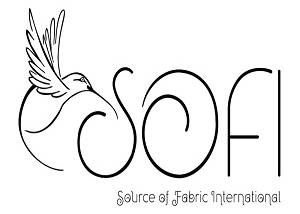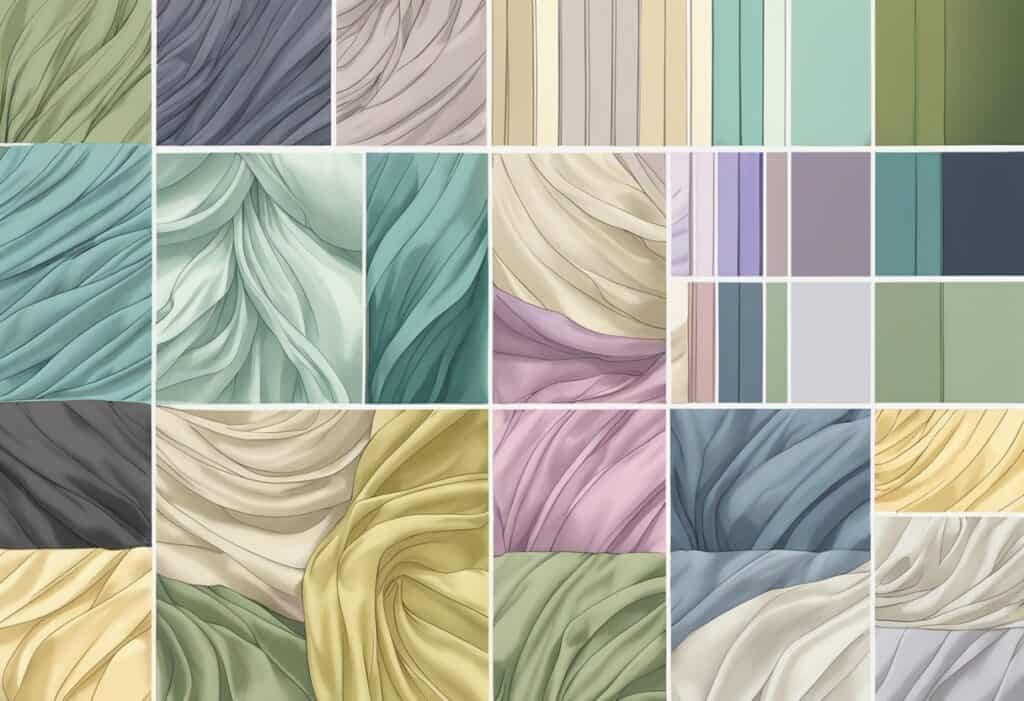Silk, known for its luxurious feel and elegant appearance, is a fabric that has fascinated people for centuries. For those new to the world of silk, understanding the different types can be overwhelming. This guide aims to demystify silk fabrics and provide beginners with essential insights.
What is Silk?
Silk is a natural protein fiber produced by silkworms. The most common source is the larvae of the mulberry silkworm Bombyx mori, which spins a cocoon that can be harvested to produce silk threads. Renowned for its sheen and softness, silk is used in various applications, from clothing and accessories to home décor.
Types of Silk Fabrics
1. Mulberry Silk
The most extensively used and accessible variety of silk is mulberry silk. Produced by silkworms that feed exclusively on mulberry leaves, this silk is known for its uniform texture and rich, glossy appearance. Its hypoallergenic properties and durability make it ideal for high-end garments and bedding.
2. Tussah Silk
Also known as wild silk, tussah silk comes from silkworms that feed on oak and juniper leaves. Unlike mulberry silk, tussah silk is more textured and less lustrous. Its natural beige color and rugged texture make it suitable for upholstery and other home textiles.
3. Eri Silk
Eri silk, often referred to as “peace silk,” is unique because it is harvested without harming the silkworms. The silkworms feed on castor leaves and produce silk that is soft and cotton-like in texture. Eri silk is typically used in shawls and scarves due to its warmth and comfort.
4. Muga Silk
India’s Muga silk is well known for its robustness and inherent golden hue. This rare silk is primarily used in traditional Indian garments and has a distinct sheen that sets it apart from other silk types. Muga silk softens with every wash, enhancing its luxurious feel over time.
5. Dupioni Silk
Dupioni silk is produced from two silkworms that spin their cocoons closely together. This results in a fabric with irregularities and a crisp texture. Due to its glittering appearance, dupioni silk is frequently used for bridal gowns and formal attire.
6. Charmeuse Silk
Charmeuse silk is a lightweight, satin-weave fabric known for its lustrous front and dull back. Its smooth texture and elegant drape make it popular for lingerie, evening gowns, and blouses. Charmeuse silk is also used in high-end bedding and pillowcases.
7. Chiffon Silk
Chiffon silk is a lightweight, sheer fabric with a slightly rough texture. Scarves, blouses, and evening clothing are common uses for it. Chiffon’s delicate and airy quality gives garments a soft, feminine look, making it a favorite for formal events. Read More About Different Types of Garment Finishing Techniques.
How to Choose the Right Silk Fabric
When selecting silk fabric, consider the following factors:
- Purpose: Determine what you will use the silk for. Mulberry silk is excellent for luxurious garments and bedding, while tussah silk is better suited for home décor.
- Texture and Appearance: Think about the texture and look you desire. Dupioni silk offers a rustic charm, while charmeuse silk provides a sleek and shiny finish.
- Care Requirements: Silk fabrics require special care. Some silks, like Eri and Muga, are more durable and easier to maintain than delicate chiffon or charmeuse silks.
Caring for Silk Fabrics
Silk is a delicate material that needs to be handled carefully:
- Hand Wash or Dry Clean: Most silk fabrics should be hand washed with a mild detergent or dry cleaned to maintain their quality.
- Avoid Sunlight: Prolonged exposure to sunlight can weaken silk fibers and fade colors.
- Iron with Care: Use a low-heat setting and place a cloth between the silk and the iron to prevent damage.
Conclusion
Understanding the different types of silk fabrics can help you make informed decisions when purchasing and caring for silk items. Whether you are looking for the luxurious feel of mulberry silk or the rustic charm of dupioni silk, this beginner’s guide provides the essential knowledge needed to appreciate and choose the right silk for your needs.


